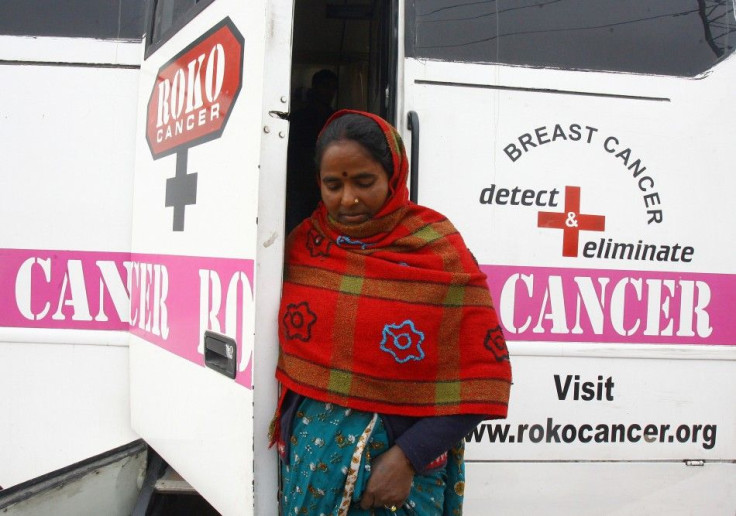Vinegar May Be Key to Fighting Cervical Cancer in Developing World

Something as simple as household table vinegar may be the key to lowering the skyrocketing rates of cervical cancer in developing nations.
A method developed by Johns Hopkins University in the 1990s and recently endorsed by the World Health Organization involves brushing vinegar over a woman's cervix to test for cancer. The vinegar makes precancerous spots turn white within five minutes, which can they be immediately frozen off with a metal probe cooled by a tank of carbon dioxide.
The simple, cheap and brief method has, according to The New York Times, the potential to do for poor countries what the Pap smear did for rich ones: end cervical cancer's reign as the No. 1 cancer killer of women.
Both breast and cervical cancer rates have been skyrocketing in developing nations, according to a recent study from the Institute for Health Metrics and Evaluation (IHME), which reports that 51 percent of such diagnoses occur in poorer countries. Each year, about 250,000 women die of cervical cancer, nearly 85 percent of who live in developing and middle-income nations.
Because women in poorer nations typically do not receive the pre-cancer screenings and preventive therapies now common in developed nations, more women are developing cervical cancer during their reproductive years, even as those rates fall in Europe and the U.S. As a result, the groundbreaking preventive measure developed at Johns Hopkins has the potential to prevent thousands of death at a small cost.
One of the amazing things about this inspection: precancerous lesions of the cervix are fairly obvious. A nurse trained for three or four days will be able to see it with her naked eye, said Dr. Ricky Lu, a cervical cancer prevention expert who works with the organization Jhpiego, a global health affiliate of Johns Hopkins University, told Time Magazine. Even with people who are medically untrained, it's not difficult to see.
Although Pap smears, which involve a doctor taking a scraping from the cervix, are also a relatively simple process, it is considerably more expensive. Samples are sent to laboratory to be analyzed by a pathologist, a problem in many poor countries that often lack high-quality labs.
Vinegar reportedly highlights the precancerous spots because they have more DNA, and consequently, less water and protein than other tissue. While the process reveals pre-tumors with more accuracy than a Pap smear, it can potentially lead to false positives, causing some women to get unnecessary cryotherapy.
In Thailand, the vinegar test -- known as VIA/cryo, for visualization of the cervix with acetic acid and treatment with cryotherapy -- has been adopted in 29 of 75 provinces, The New York Times reports. The country has more than 100,000 nurses and a network of rural health clinics run by them. More than 20 other countries, including Ghana and Zimbabwe have also invested in pilot projects.
© Copyright IBTimes 2024. All rights reserved.





















